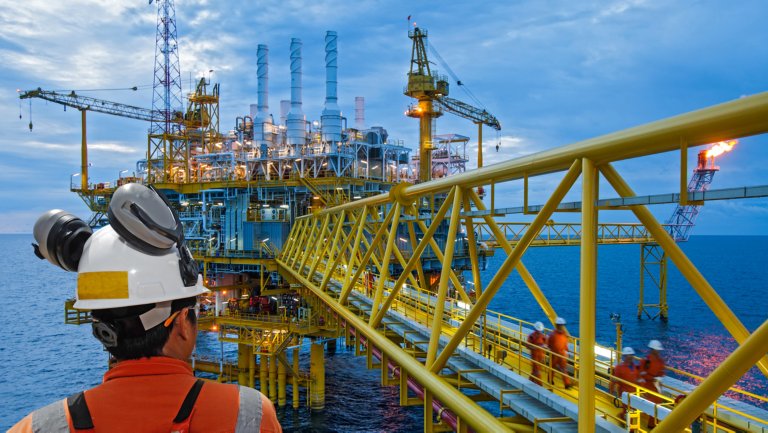Whenever crude oil is extracted, water, sand and natural gas are part of the mixture. And when large reserves were discovered in the Ixachi field south of Veracruz, Mexico, extracting and transporting the oil was the relatively easy part. Separating and shipping the oil via pipeline is always straightforward. Managing the natural gas is another matter.
“Oil is handled like a liquid and transported by pipeline or truck,” says Mudar Jamal Eddin, engineering director, Grupo Nuvoil. “Natural gas must be processed and compressed before it can be transported in commercial pipelines.”
If a processing plant isn’t accessible, producers typically ignite or “flare” the natural gas to dispose of it. This practice is wasteful and raises environmental concerns. Flaring also represents a lost source of revenue for oilfield operators. Therefore, Ixachi needed to make the most of scarce resources.
To keep flaring to a minimum and maximize returns, Ixachi operators asked Nuvoil to deliver a gas-conditioning plant near the oilfield as quickly as possible. Nuvoil is a major energy services and solutions provider headquartered in Veracruz.
Compressed Schedule, Complex Process
The scope of work for the gas-conditioning plant included engineering, procurement and construction — and operation and maintenance of the completed plant. Located on 32 acres about 10 miles from the well pad, the completed Papan Gas Processing Plant was specified to process 345 million standard cubic feet (345 MMSCFD) of natural gas per day.
“While the timeline was challenging, we knew we had the capacity to meet our customer’s needs,” Eddin says. “We had built similar plants in the past — and flare avoidance is our core business.”
To meet customer requirements, Nuvoil designed a cryogenic gas processing system. The complexity of the system is difficult to overstate.


